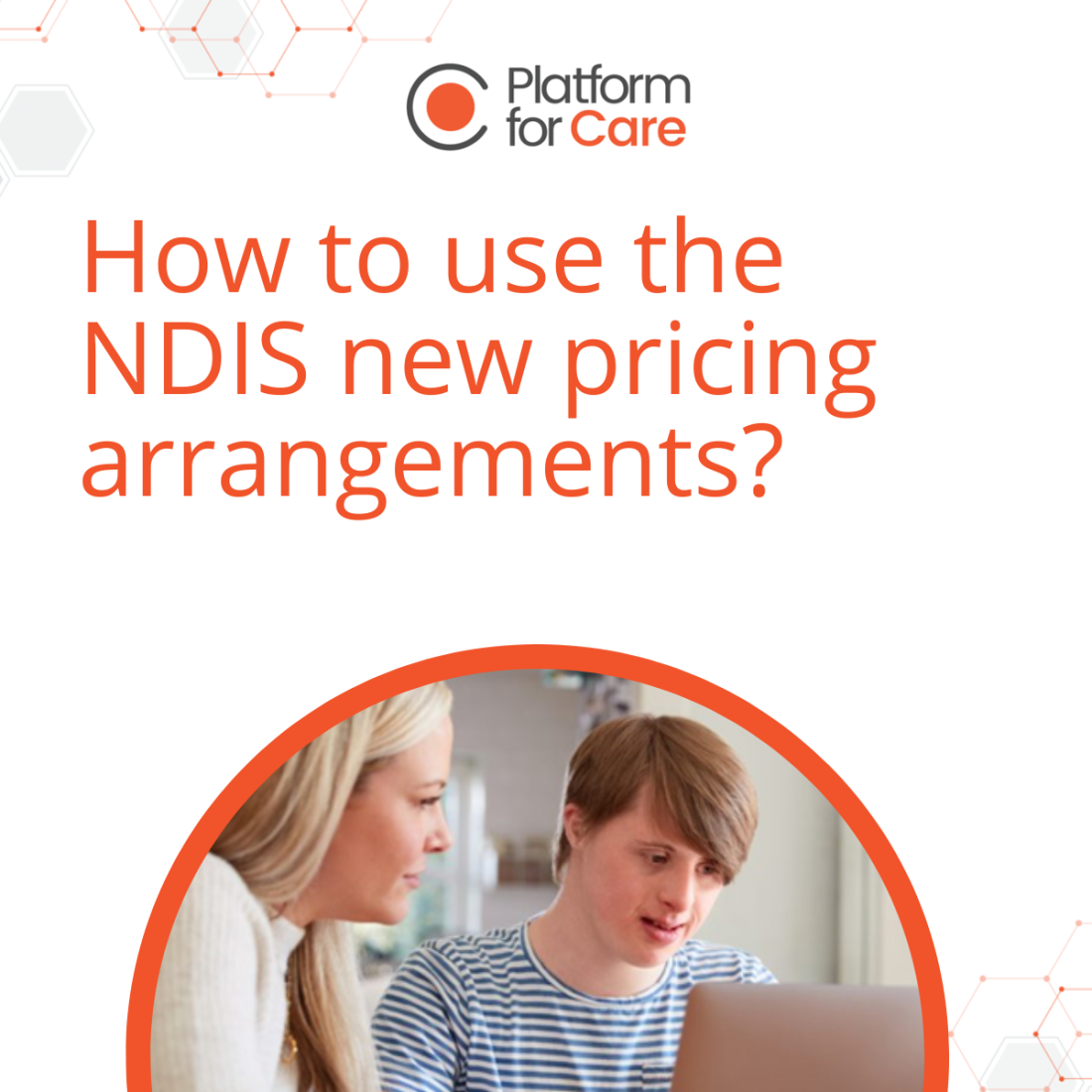How to use the NDIS new pricing arrangements
A big win for NDIS providers up for grabs.
Mid 2020 the NDIS introduced a new way providers could claim their group-based supports and a transition period followed. This year they announced the transitional arrangements were extended until 30 June 2023, because although there had been a gradual increase, “most providers have not yet transitioned to the new group-based pricing arrangements …”[1]
Why haven’t more NDIS providers moved over when they could gain a lot under the new pricing arrangements?
What are the NDIS new pricing arrangements?
On 1 July 2020 the NDIS introduced a new way of billing for group-based support – the New Pricing Arrangements.[2] After a pricing review done by the NDIA, they found that the existing price arrangements for group-based supports were not sufficient and did not cover the extra costs providers had to make for scheduling, invoicing, and completing case notes when additional participants were added to a group.
Under the new pricing arrangements, support that’s delivered to a group of participants has a price limit on what can be billed. The funding item number that is used needs to be divided by the number of participants in the group.
Providers of group supports were also permitted to enter into an agreement with a participant for a “program of support”, especially where the program was directed towards the achievement of a specified outcome. Meaning that upon signing a participant is locked into the program for up to a 12-week period and will be billed as such regardless of attendance. To exit, a 2-week notice period is required which assists with business planning and budget forecasting.
If the supports are provided in a facility owned by the provider, they can claim an additional cost for running and maintaining this facility – the Centre Capital Cost. Providers can also bill for Non-Face-To-Face-Time, a charge which is already included the transitional arrangements.
In the first half of 2021-2022 almost 30% of the claims for group supports were made under the new pricing arrangements. With so many providers still needing to move over to the New Pricing Arrangements, NDIS has extended the transitional arrangements till 30 June 2023, allowing providers more time to transfer.[3]
So why does it take providers so long to transition when they can gain so much?
The outbreak of the global pandemic and lockdowns was of course quite disruptive for providers. But they also have a real concern that the new pricing arrangements will only increase overhead costs. High overhead costs are a known issue within the sector. Surprisingly though, the NDIS found that, ‘…efficient providers of group-based core supports have a significantly lower overheads ratio (18.0%) than efficient providers of other core supports (21.8%).’ [4]
Efficiency is the key here, but how do you become an efficient provider? One of the things that can be done to streamline these processes is to implement a software solution built for NDIS providers that cuts admin time, optimises utilisation rates, and minimises manual intervention.
Efficiency is the key here, but how do you become an efficient provider?
Set up once, benefit twice.
Platform for Care is such a NDIS software solution designed for the Australian market. The system is capable of handling the new price arrangements and ways of billing required by the NDIS. Our rosters automatically ensure that the correct price is billed to the participants based on the group size, whether this is a one-off activity, program of supports or long-term commitment.

Depending on services agreements, our roster templates consider group-based supports that are community or centre based or a combination of both. Where centre-based support is delivered, the Capital Centre Cost is billed. Changing claim type and cancellations and adding 1:1 support time in a group is all done within a mouse click. You can monitor your utilisation rates and see instantly what services can be optimised and save time while doing it.
Platform for Care can help to improve efficiency and utilise staff time by streamlining processes and getting you ready for the new pricing arrangements, helping reduce overheads. Please contact us today to discuss further and book a demonstration through support@platformforcare.com.
[1] National Disability Insurance Scheme, (2022) Annual Pricing Review 2021-22 Final Report (p. 101)
[2] National Disability Insurance Scheme (2020) ,Pricing Arrangement and Price Limits 2020-2021
[3] National Disability Insurance Scheme, (2022) Annual Pricing Review 2021-22 Final Report (p. 101)
[4] National Disability Insurance Scheme, (2022) Annual Pricing Review 2021-22 Final Report (p. 102)



